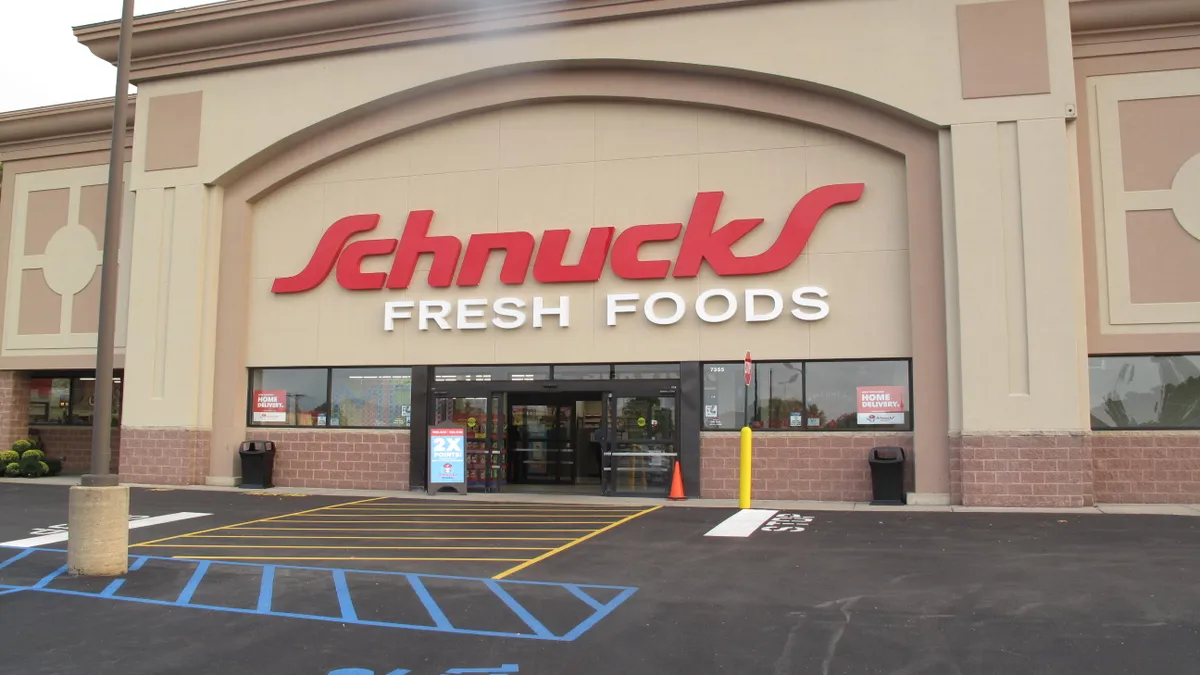Dive Brief:
- Schnucks is letting shoppers who are members of its loyalty program choose an electronic receipt instead of a standard printed record in order to reduce contact while checking out in stores, according to a press release.
- To enable digital receipts, Schnucks Rewards customers can elect the e-receipt option through the food retailer’s mobile app or website.
- E-receipts are available to customers within Schnucks’ loyalty program or via e-mail.
Dive Insight:
The pandemic has emerged as a compelling incentive for grocers and consumers to embrace paperless receipts, which have been part of the retail landscape in the U.S. for years but have only slowly gained widespread acceptance.
Retailers began probing digital receipts in the late 1990s, but their efforts were stymied by the technology stock crash at the turn of the century. Apple began offering e-receipts to people who bought products in its retail locations beginning in 2005, helping familiarize consumers with the idea of leaving a store without a piece of paper to document their purchase. By 2011, chains like Whole Foods, Nordstrom, Sears and Kmart started giving shoppers the option of having receipts sent by email or made available securely on the web.
Fast forward to 2019, and a significant share of people remained resistant to giving up paper receipts despite the fact that 81% of people in the United States owned a smartphone by that time, compared with 35% in 2011, according to the Pew Research Center.
But the pandemic has boosted demand for all sorts of contactless checkout options, including payment tools like mobile wallets and scan-and-go technology, meaning digital receipts may finally be reaching mainstream acceptance.
One obstacle for retailers looking to move away from paper receipts face is that a sizable number of U.S. consumers do not use the internet. According to the Pew Research Center, 10% of U.S. adults in the country did not have access to online services as of 2019, with people who live in rural areas, older people and those at the lower end of the income scale more likely than others to fall into that category.
Beyond offering consumers convenience and contactless service, electronic receipts come with other benefits. Paper receipts use more than 3 million trees and 9 billion gallons of water per year every year in the United States, according to Green America, and receipts are often printed with the help of chemicals that may be hazardous.













